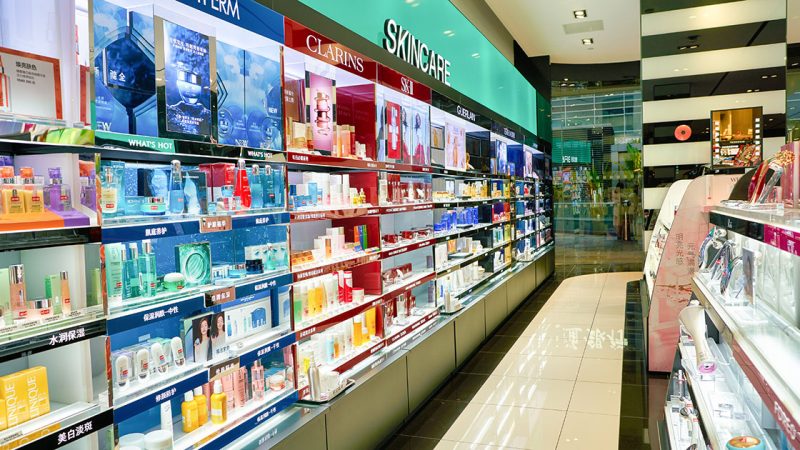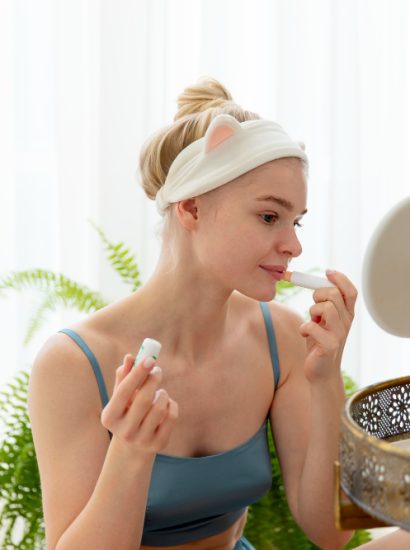Whether you’re a skincare newbie or a seasoned beauty lover, knowing how to store skincare properly is essential for product effectiveness and skin safety. Improper storage can degrade ingredients, cause spoilage, and even irritate your skin. In this guide, we’ll cover everything you need to know about storing skin care at home or in your beauty store to maintain freshness, potency, and value.
Why Storing Skincare Correctly Matters
Skincare products contain active ingredients—like vitamin C, retinol, peptides, and AHAs—that are sensitive to air, light, temperature, and bacteria. Poor storage can lead to:
- Oxidation and ingredient breakdown
- Bacterial contamination
- Reduced product efficacy
- Shortened shelf life
Proper storage ensures your products work the way they should—giving you clear, radiant, and healthy skin.
Best Practices to Store Skincare at Home
Keep Products in a Cool, Dry Place
Store most skincare items in a cabinet, drawer, or vanity away from direct sunlight and heat. Avoid leaving products in the bathroom where temperature and humidity fluctuate.
Use the Fridge (For Some Products)
Refrigerating certain products can prolong shelf life and improve texture. Great candidates include:
- Vitamin C serums
- Eye creams
- Sheet masks
- Aloe vera gel
- Natural/organic products without preservatives
Avoid refrigerating oils, clays, and emulsions as they may separate.
Seal Tightly After Use
Always close lids, pumps, and droppers tightly to prevent air exposure and bacterial growth.
Avoid Touching Product with Fingers
Use a spatula or applicator to avoid introducing bacteria into jars or pots.
Store Away from Direct Light
UV rays can degrade ingredients like retinol and vitamin C. Choose opaque containers or dark bottles and keep them away from windows or lighted shelves.
Should You Use a Skincare Fridge?
A skincare fridge isn’t necessary, but it can:
- Keep temperature stable (ideal for serums and creams)
- Feel refreshing on the skin
- Reduce puffiness when using cold eye gels or jade rollers
If you use one, make sure it’s clean, not too cold, and that no condensation builds up.
How to Store Skincare in a Store or Business Setting
Running a beauty store or skincare business? Proper storage = better product longevity and happy customers.
Retail Display Tips
- Use air-conditioned, temperature-controlled environments
- Avoid placing products under direct lighting
- Rotate stock based on expiration dates
- Educate staff about product care
- Use tester stands with sanitary tools
Inventory Storage
- Store in a cool, dry back room
- Keep items organized by batch number and expiration
- Avoid stacking heavy products on top of fragile items
- Use shelves or bins that allow airflow
How Long Do Skincare Products Last?
Each product has a shelf life that’s usually marked on the packaging (look for a tiny jar icon with a number like 6M or 12M).
Here’s a quick guide:
| Product Type | Shelf Life (After Opening) |
| Cleansers | 12 months |
| Moisturizers | 6–12 months |
| Serums | 6–12 months |
| Sunscreens | 6–12 months |
| Retinol Products | 6 months |
| Vitamin C Serums | 3–6 months |
| Eye Creams | 6 months |
| Natural Products | 3–6 months |
Pro Tip: If the smell, texture, or color changes—discard the product.
What NOT to Do When Storing Skincare
- Don’t leave products open or unsealed
- Don’t store in the shower or near hot appliances
- Don’t ignore expiration dates
- Don’t refrigerate oil-based products or clays
- Don’t share open products (bacteria risk)
Store Skincare by Ingredient Type
| Ingredient | Storage Recommendation |
| Vitamin C | Dark, cool space or fridge |
| Retinol | Airtight packaging, away from light |
| Hyaluronic Acid | Room temperature |
| Benzoyl Peroxide | Cool place, avoid humidity |
| Natural Extracts | Refrigerate if preservative-free |
| Essential Oils | Dark glass bottles, cool space |
Do Natural Skincare Products Need Special Storage?
Yes. Natural or organic skincare often contains fewer preservatives, making them more prone to spoilage. Store these in:
- The fridge, if applicable
- An airtight container
- Small portions to minimize exposure
Traveling with Skincare? Here’s How to Store It
- Use travel-size containers (100 ml or less for air travel)
- Store in a cool pouch away from sunlight
- Choose solid cleansers, sticks, or powders when possible
- Keep liquid items in leak-proof ziplock bags
Quick Recap: Top Tips to Store Skincare
- Keep cool, dry, and out of sunlight
Refrigerate only when recommended
Always seal products tightly
Don’t share jars or use fingers
Follow expiration dates
Conclusion
Taking care of your skincare doesn’t stop at applying it. How you store skincare can significantly impact its effectiveness, safety, and longevity. With the right storage practices, your products stay potent, and your skin stays glowing.
Whether you’re at home or managing a skincare retail store, follow these simple tips to keep your skincare game strong and your investments protected.
FAQs
1. Can I store all skincare products in the fridge?
No. Only certain items like vitamin C serums, eye creams, and natural products benefit from refrigeration. Oils and clays may separate if too cold.
2. How do I know if a skincare product has expired?
Check the expiration date or the “Period After Opening” symbol (e.g., 6M). Also, signs like changes in smell, color, or texture mean it’s time to toss it.
3. Is it okay to keep skincare in the bathroom?
It’s not ideal due to humidity and heat. Store skincare in a cool, dry place like a drawer or vanity instead.
4. Do I need a skincare fridge?
Not required, but it’s helpful for certain products and feels refreshing. Keep it clean and at a consistent temperature.
5. How should I store skincare when traveling?
Use travel-size, sealed containers. Keep products away from heat and light, and use leak-proof bags for safety.
Also read: How to Minimize Pores: The Ultimate Skin Care Guide





